 Lyna Meyrer
Lyna Meyrer
 Lyna Meyrer
Lyna Meyrer
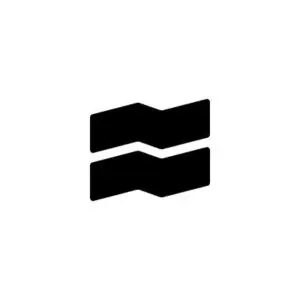
MyDutchWallet score
Interest rate
MyDutchWallet score
Interest rate
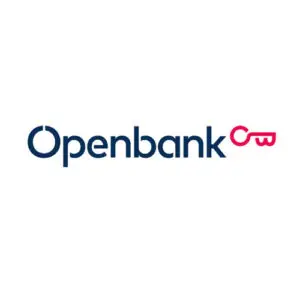
MyDutchWallet score
Interest rate
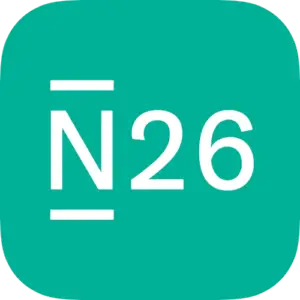
MyDutchWallet score
Interest rate

MyDutchWallet score
Interest rate

MyDutchWallet score
Interest rate
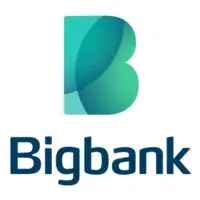
MyDutchWallet score
Interest rate

MyDutchWallet score
Interest rate

Coming soon

Coming soon
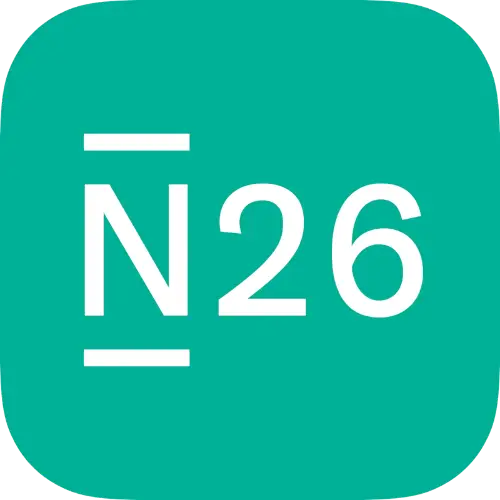
Coming soon
Coming soon
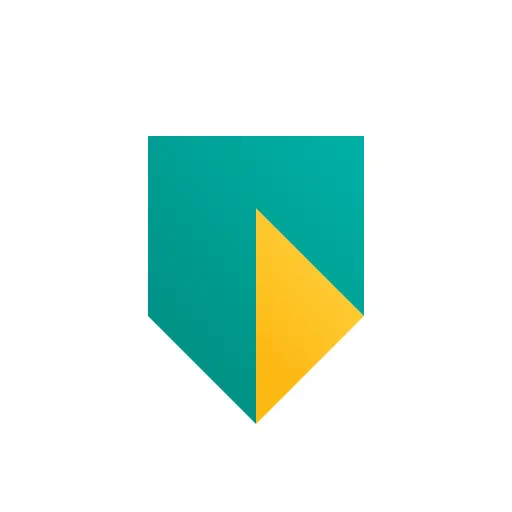
Coming soon
When choosing a savings account in the Netherlands, you’ll have to decide between an account with a fixed or variable interest rate. Here’s how they compare:
Fixed interest rate | Variable interest rate | |
Stability 💪 | Provides stability with a locked-in rate that doesn’t change. | Rates can fluctuate based on market conditions. |
Earnings 📈 | Guaranteed returns over the term of the account. | Returns can increase or decrease depending on rate trends. |
Flexibility 🧘 | Requires committing your funds for a set period of time. | Offers more flexibility for withdrawing funds. |
Risk ⚠️ | Low risk; not affected by market volatility. | Higher risk; subject to potential drops in rates. |
Best for ✨ | Long-term savers looking for peace of mind. | Short-term savers or those expecting rates to rise. |
Interest rate | Account cost | Withdrawals | |
Trade Republic | 3% | Free | Unlimited |
bunq | 2.01% | Free | Two per month |
Bigbank | 2.70% | Free | Unlimited |
Openbank | 2.75% | Free | Unlimited |
N26 | Up to 2.50% | Free | Unlimited |
Revolut | Up to 3% | Free | Unlimited |
ABN Amro | 1.50% | Free | Unlimited |
ING | 1.50% | Free | Unlimited |
Rabobank | 1.70% | Free | Unlimited |
The European Central Bank (ECB) has a major influence over how much interest you may earn with your high-interest savings account in the Netherlands.
That’s because the ECB sets deposit rates for European banks, determining what banks earn on their deposits and, in turn, what you earn on yours.
These rates are revised every six weeks. As of December 2025, the European Central Bank interest rate is 3%.
A high-interest savings account is a type of savings account that offers a high annual percentage yield (APY).
Compared to traditional savings accounts, a high-interest savings account is designed to help you earn more interest on your deposits while keeping your money safe and accessible.
Interest rates on savings accounts in Europe and the Netherlands have been relatively low in the past years, but they can vary between banks and countries, which is why finding a good savings account is crucial.
Thanks to the Deposit Guarantee Scheme, which most European countries participate in, your Dutch high-interest savings account is very safe, protecting deposits of up to €100,000.
High-interest savings accounts are quite straightforward: You deposit your money, you let it sit, and you earn interest.
Here’s a breakdown of how they function:
Finding the right high-interest savings account comes down to evaluating your personal financial needs and comparing the options.
When determining your needs, you may want to consider questions such as:

"The highest interest rate might come with strings attached — like minimum balance requirements or limited withdrawals. Look for an account that offers a competitive rate and aligns with your personal daily needs."
Lyna Meyrer, Finance Editor
Standard savings accounts (Spaarrekening) | Fixed-term deposit accounts (Spaardeposito) | Retirement savings accounts (Pensioenrekening) |
Flexible access to your funds, with no fixed term. | Funds are locked for a set term (e.g., 1-5 years). | Designed for long-term savings for retirement. |
Lower interest rates compared to fixed-term options. | Higher interest rates, fixed for the deposit period. | Might offer tax benefits under certain conditions. |
Ideal for emergency funds or short-term savings goals. | Penalties may apply for early withdrawal. | Withdrawals usually restricted until retirement age. |
Interest rates vary depending on the bank and balance. | Suitable for saving larger amounts with predictable returns. | Requires compliance with Dutch pension savings regulations. |
The interest rate on your savings account plays a major role in determining how quickly your savings will grow.
Even small differences in rates can lead to significantly different outcomes over time, thanks to the power of compound interest.
Compound interest is where the interest you earn on your savings is added to your initial deposit, and your future interest is calculated on this larger total. Over time, this “interest on interest” speeds up the growth of your money.
For example, if you deposit €1,000 in a savings account with a 3% annual interest rate:
Each year, your annual interest earned will go up.
Opening a savings account in the Netherlands is a simple process, as long as you have all the necessary documents at hand.
Most banks let you open an account online, but at banks with physical branches you can also often open one in person.
When opening your account, you’ll usually be asked for the following documents and details:
If you have a lot of savings in the Netherlands, you pay capital gains tax on it. Taxes on savings are governed by the Dutch box system. This system is divided into three boxes:
To calculate the taxes you have to pay on your savings and investments, your assets are divided into bank savings and investment:
Under Box 3, you may also have a certain amount of assets (savings + investments – debts) that are tax-free. In 2024, this tax-free capital was €57,000 for someone who is single, and €114,000 for tax partners.
With these numbers in mind, calculating your projected taxes goes as follows:
This includes stocks, bonds, ETFs, and mutual funds, offering potential for higher returns but with higher risk.
Contributions to these accounts, such as occupational pensions or individual plans, offer tax benefits and growth over time, providing financial security in retirement.
Life insurance with cash value accumulates over time, providing financial protection and a savings component.
These are fixed-term deposits offered by banks with a fixed interest rate. They are less flexible compared to regular savings accounts but generally offer higher interest rates.
Currently, Trade Republic offers the best interest rate in the Netherlands at 3%, with unlimited withdrawals and for an unlimited time.
Besides that, bunq, Big Bank and Openbank also offer competitive rates, at 2.01%, 2.70%, and 2.75% respectively.
The average interest rate for savings accounts in the Netherlands is around 2.25%, with online banks typically offering higher rates than traditional banks.
Yes, non-residents can open a savings account in the Netherlands, but the process and requirements may vary depending on the bank and its policies. Some banks might require you to show a proof of residency for a different country in the European Union.
You also may be asked to provide additional information such as a proof of source of income, or to make an initial deposit.
The main difference between a variable and a fixed interest rate is that, as the name indicates, a fixed interest rate stays the same for the entire term that your deposit is locked up, while a variable interest rate can change based on market conditions or the central bank’s rate.
Yes, Dutch online-only banks are generally safe, as they are regulated by the Dutch central bank (De Nederlandsche Bank). They also offer the same protections as traditional banks, such as the European Deposit Guarantee Scheme.
Dutch and European banks offer great protection and safety to their customers. Across Europe, the Deposit Guarantee Scheme, protects deposits up to €100,000 per account holder per bank, should the bank go bankrupt, for example.